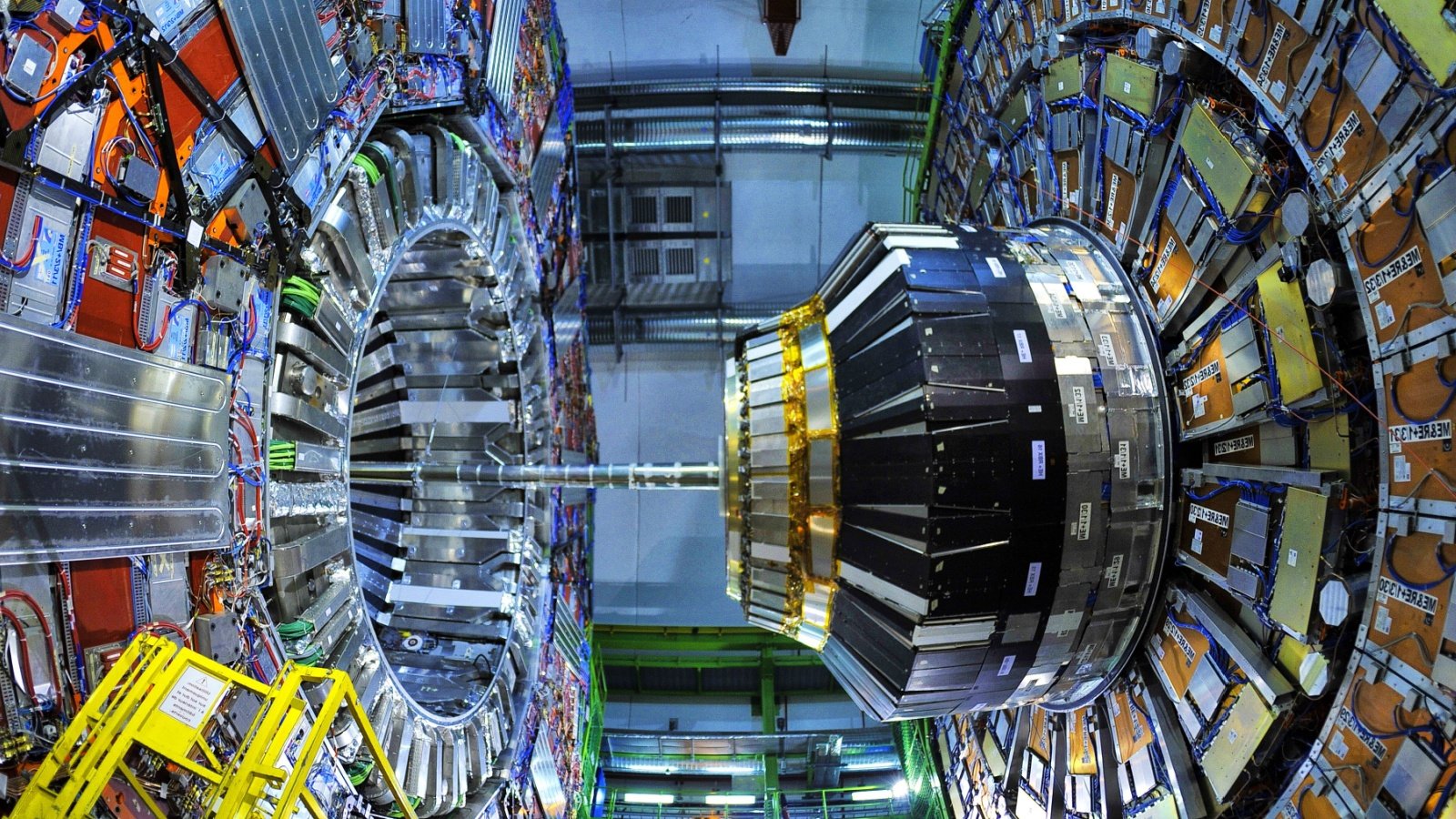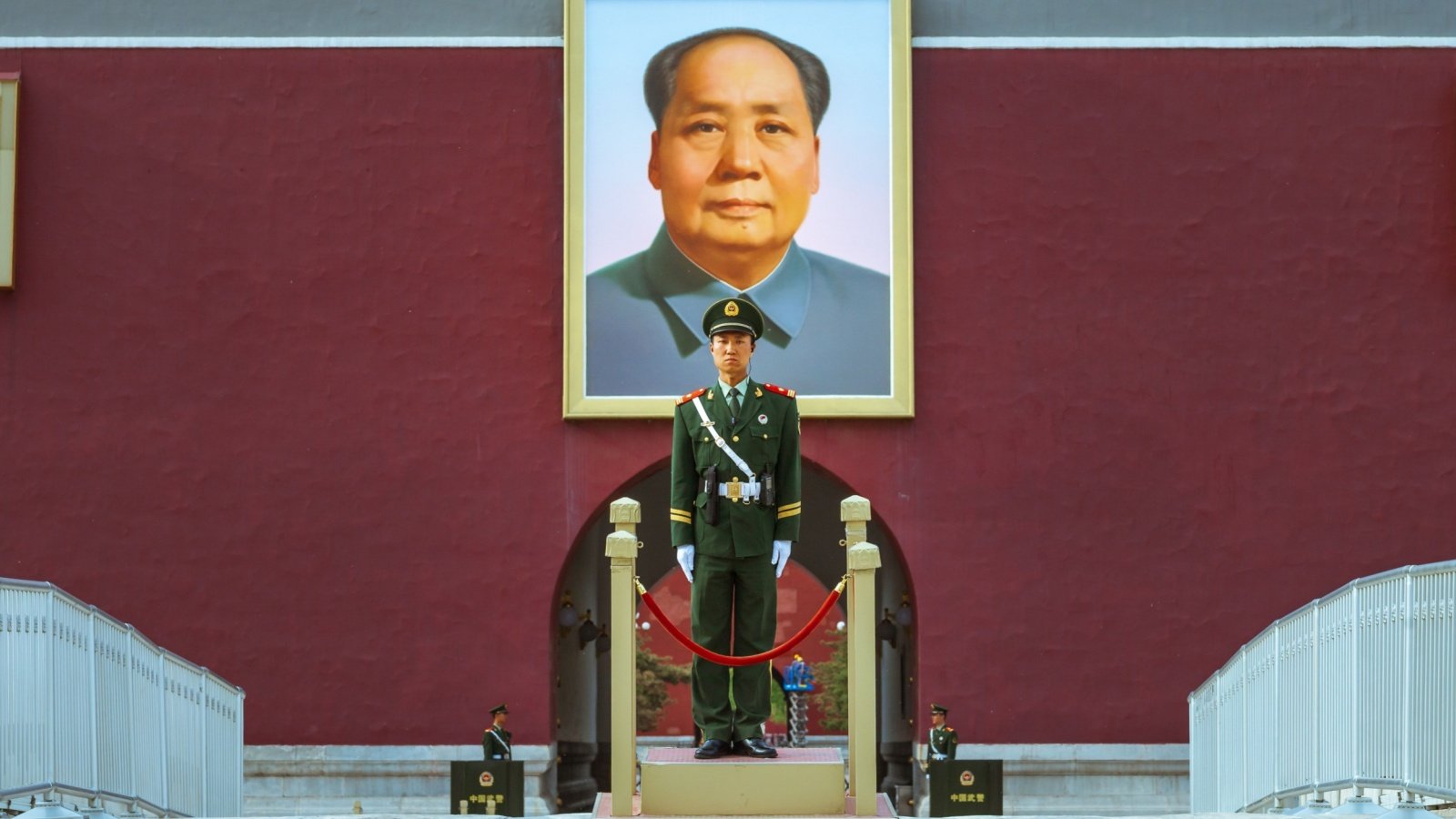Human curiosity has led to a series of discoveries that have shaped our world.
These milestones have revolutionized every aspect of human existence. They not only solved immediate challenges but also laid the groundwork for future innovations.
Each discovery, a testament to the resilience of humankind, has propelled our society into new realms of possibility.
Fire

The discovery of fire transformed ancient human life, providing a source of warmth, light, and protection from predators. It enabled the cooking of food, which made nutrients more digestible and broadened dietary options. Fire also paved the way for metalwork and ceramics, crucial for advancing technology.
Wheel

The invention of the wheel around 3500 BCE revolutionized transportation and machinery. It facilitated the development of trade and agriculture by making the movement of goods and plowing more efficient. This simple machine remains fundamental in modern mechanical design.
Agriculture

Agriculture, emerging around 10,000 years ago, marked the transition from nomadic to settled societies. It allowed for the cultivation of crops and domestication of animals, leading to food surpluses and population growth. These changes gave rise to civilizations and complex social structures.
Writing

Writing, first developed in ancient Mesopotamia, was a monumental step in recording human thought and history. It enabled the administration of vast empires, the codification of laws, and the preservation of knowledge across generations. This system of communication is the bedrock of modern education and governance.
Electricity

The harnessing of electricity in the 19th century was a breakthrough that powered the Second Industrial Revolution. It transformed industries and daily life with innovations like lighting, telecommunications, and appliances. Electricity’s impact on modern society is immeasurable, fueling advancements in virtually every field.
Penicillin

Discovered by Alexander Fleming in 1928, penicillin was the first antibiotic and has saved countless lives by effectively treating bacterial infections. Its discovery began the era of antibiotics, which have radically changed the face of medicine by combating previously fatal diseases. Today, antibiotics are crucial in the treatment of infections around the world.
The Internet

The development of the Internet has been one of the most transformative technological advances, connecting billions of people worldwide. It democratized information, disrupted traditional industries, and facilitated new forms of social interaction. This global network continues to grow, driving innovation and reshaping communication.
Theory of Relativity

Einstein’s theory of relativity redefined the understanding of time, space, and gravity. It has profound implications for physics and cosmology, influencing how scientists view the universe. The theory’s principles underpin technologies such as GPS navigation and are pivotal in studying cosmic phenomena.
The Printing Press

Invented by Johannes Gutenberg in the 15th century, the printing press made books affordable and accessible, leading to widespread literacy and the spread of knowledge. This invention catalyzed the Renaissance and later facilitated the scientific revolution and reformation. Its impact on education and the dissemination of ideas is unparalleled.
Vaccination

Edward Jenner’s development of the smallpox vaccine in the late 18th century introduced the concept of vaccination, which has since eradicated smallpox and controlled many other infectious diseases. Vaccines have dramatically increased life expectancy globally. This discovery is a cornerstone of public health.
Anesthesia

The discovery of anesthesia in the 19th century revolutionized medical surgery by allowing pain-free procedures. It has enabled countless medical and surgical advancements by reducing the trauma associated with surgical treatments. Anesthesia remains fundamental in modern medicine, improving patient outcomes and comfort.
Steam Engine

The steam engine, developed primarily by James Watt, drove the Industrial Revolution, enabling mechanization in industries such as textiles and transportation. This invention not only transformed economies worldwide but also significantly influenced societal structures. Today, its principles continue to be applied in modern thermal power generation.
The Compass

The invention of the magnetic compass during the Song Dynasty in China revolutionized navigation, particularly maritime exploration. It enabled sailors to navigate safely far from land, leading to the Age of Discovery and the expansion of the world map. The compass remains essential in navigation today.
Concrete

The Romans developed concrete over 2,000 years ago, revolutionizing architecture and construction. This material enabled the creation of enduring structures such as the Pantheon and the aqueducts, which stand to this day. Modern construction relies heavily on concrete, underscoring its lasting importance.
Quantum Mechanics

The formulation of quantum mechanics has reshaped the understanding of particles and their interactions at microscopic levels. This fundamental theory of physics has led to the development of technologies such as semiconductors and quantum computing. Quantum mechanics continues to drive cutting-edge research and applications.
The Telescope

Invented in the early 17th century, the telescope opened new avenues in astronomy, allowing humans to observe the universe beyond the capabilities of the naked eye. It led to the discovery of planets, moons, and galaxies, expanding our understanding of the cosmos. The telescope continues to be an indispensable tool in space exploration and astronomy.
The Battery

The invention of the battery by Alessandro Volta in 1800 provided the first method of storing electrical energy. This innovation made electricity portable and paved the way for electric-powered devices, impacting countless aspects of technology and daily life. Modern advancements in battery technology continue to drive the renewable energy sector.
The Submarine
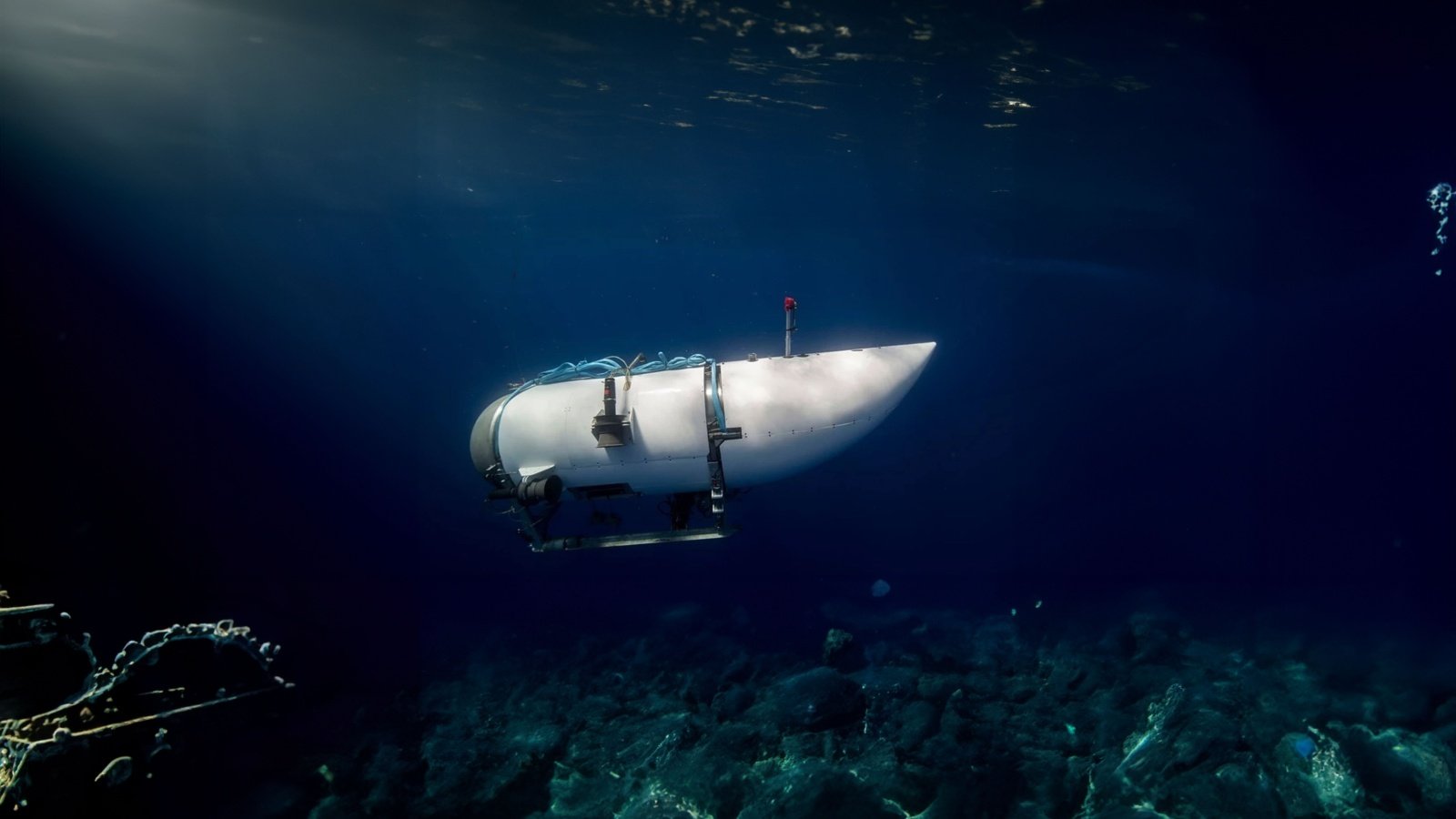
The development of the submarine changed naval warfare by allowing for underwater navigation and attack capabilities. Initially used in the Civil War, submarines have evolved into sophisticated vessels crucial for national defense and scientific exploration. Their ability to explore ocean depths has also contributed to marine science.
The Airplane
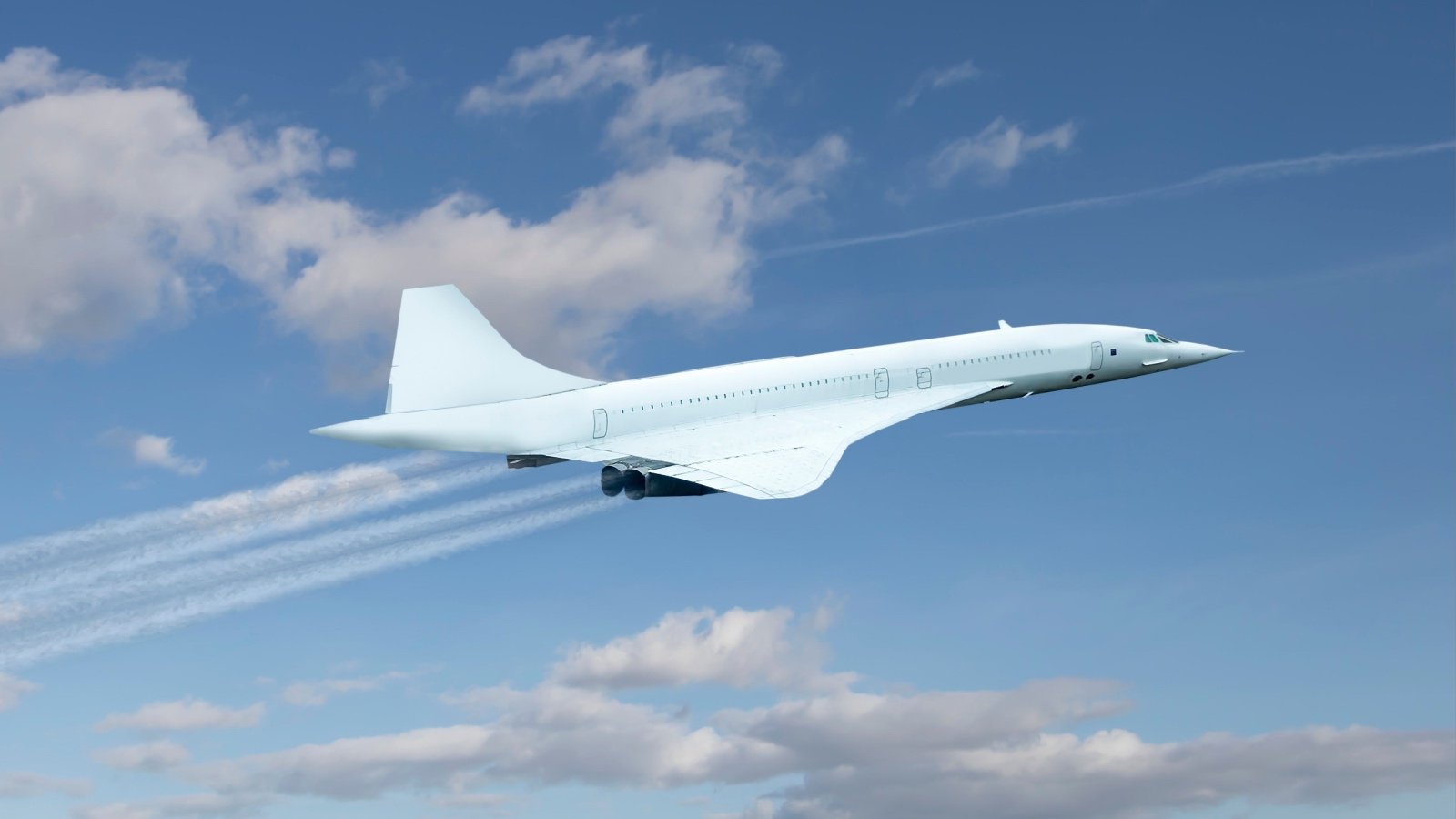
The Wright brothers’ invention of the airplane in 1903 revolutionized travel, enabling fast and extensive movement across the globe. It has shrunk the world, facilitated international trade, and broadened cultural exchanges. The aviation industry continues to innovate, striving for greater efficiency and sustainability.
Plastic

Developed in the early 20th century, plastics have become essential in countless aspects of modern life, from healthcare to manufacturing. Their versatility and cost-effectiveness revolutionized product design and accessibility. However, the environmental impact of plastics has led to significant research into recyclable and biodegradable alternatives.
Nuclear Fission
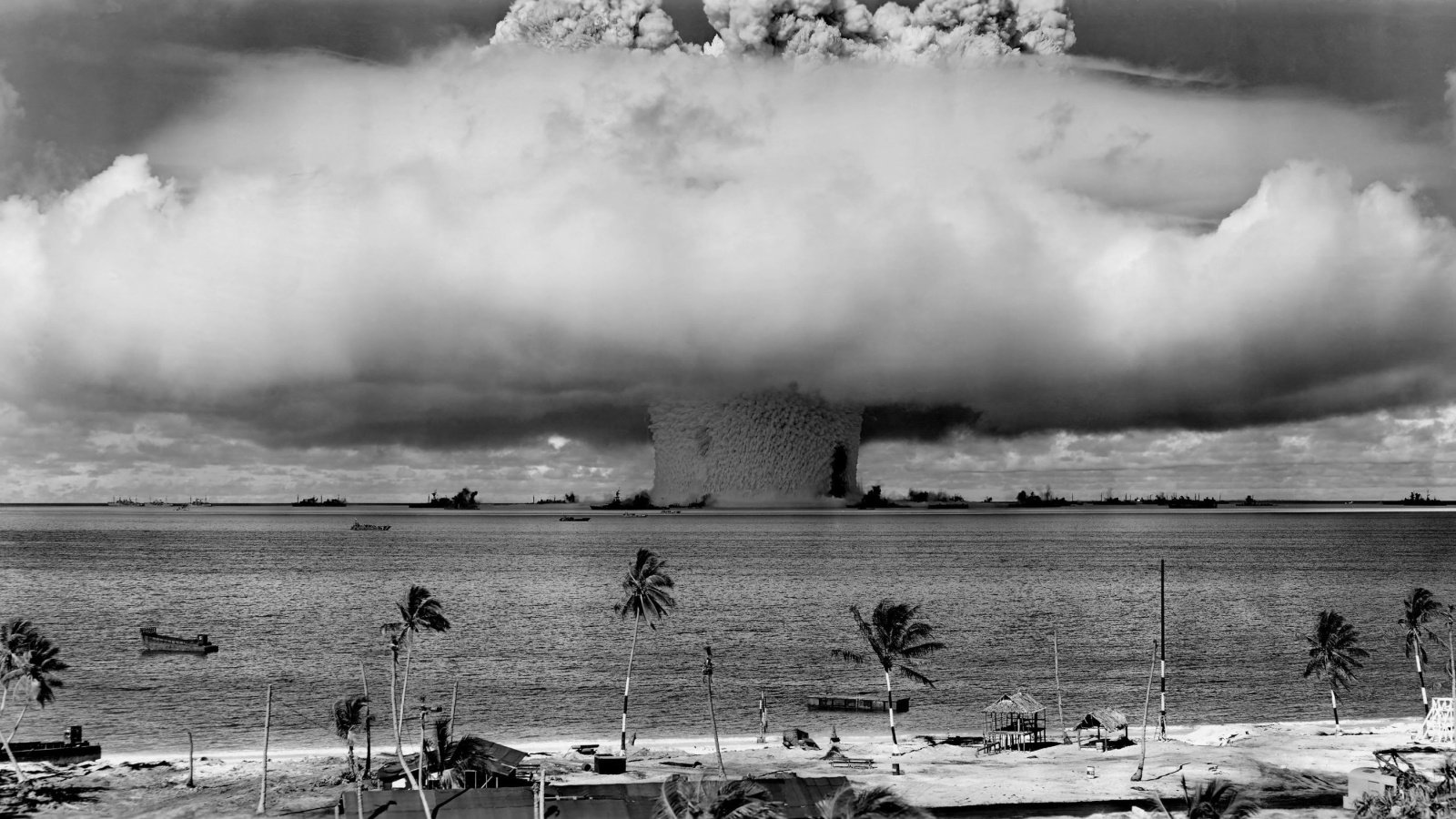
The discovery of nuclear fission in 1938 led to the development of nuclear power and weapons, altering global power dynamics. It provides a potent source of energy but also poses significant safety and security challenges. The debate over its use highlights ongoing concerns about energy sustainability and environmental protection.
The Microscope

The invention of the microscope in the 17th century by Antonie van Leeuwenhoek opened up the microscopic world, revealing the complexity of life at a cellular level. It has been fundamental in the advancement of sciences like biology, medicine, and materials science. Ongoing enhancements in microscopy continue to push the boundaries of what can be seen and understood.
Insulin

The isolation of insulin in 1921 by Frederick Banting and Charles Best was a breakthrough in the treatment of diabetes. It transformed diabetes from a fatal disease to a manageable condition. This discovery has saved millions of lives and continues to be a critical area of medical research and treatment.
The Assembly Line

Henry Ford’s introduction of the assembly line in 1913 revolutionized manufacturing by significantly reducing production times and costs. It allowed for the mass production of goods, making products such as automobiles affordable for the average consumer. The principles of the assembly line are still applied in various industries worldwide.



